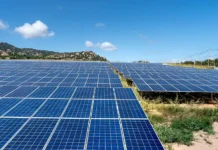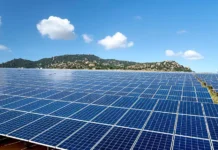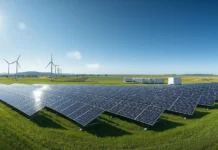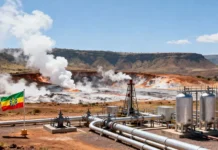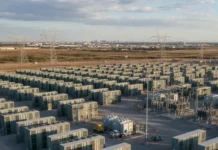Ethiopia is stepping up its geothermal push in the Great Rift Valley, treating the region’s more than 1,000 MW of potential capacity as a chance to ease its reliance on hydropower and cut back on expensive diesel generation.
Ethiopian Electric Power sees geothermal as a steady, high-capacity source that can shore up energy security, limit fuel imports, and give industries a more reliable power base. The government’s growing list of projects shows how it is trying to broaden the electricity mix and put in place a firmer backbone for future base-load supply.
The Ethiopia geothermal energy portfolio includes several large developments now advancing at different stages. Tulu Moye is the most prominent, planned at 150 MW, with an initial 50 MW phase driven by private-sector investment. At Aluto Langano, Ethiopia’s first operational geothermal plant, capacity is set to rise sharply, from 7.3 MW to 75 MW, marking one of the country’s most significant ongoing upgrades. The site also serves as an example of cross-border technical support, following Kenya Electricity Generating Company (KenGen)’s drilling of a seventh 3,000-meter well in 2022.
Additional projects are being positioned to expand the national portfolio further. The Corbetti development targets 500 MW, which would make it one of the largest geothermal undertakings in the region. Tendaho is structured as a 20 MW pilot operation with an eventual expansion goal of 100 MW, building out Ethiopia’s early-stage resource base in the Rift Valley.
Despite this activity, installed capacity remains small. Data from the International Renewable Energy Agency (IRENA) show the Ethiopia geothermal energy output at 7 MW by the end of 2024, well below Kenya’s 940 MW. Even so, the broader investment climate has been improving. The World Bank has committed $350 million to the Geothermal Energy Development Project, designed to lower early exploration risks and draw investors such as Meridiam, U.S. DFC, and Iceland Drilling Company into the market.
Cost competitiveness is emerging as a core driver. Geothermal electricity is estimated at $0.05 to $0.07 per kWh, well below the $0.25 cost of diesel power. That price gap matters. It could cut roughly 500 million liters of imported diesel each year and open up close to 10,000 direct and indirect jobs by 2030. It would also give Ethiopia’s industrial zones a steadier power base and ease some of the strain that comes with diesel-driven generation.
If the projects now in the pipeline move ahead as expected, Ethiopia stands to add real base-load capacity in the next few years and firm up its role in East Africa’s geothermal sector.



